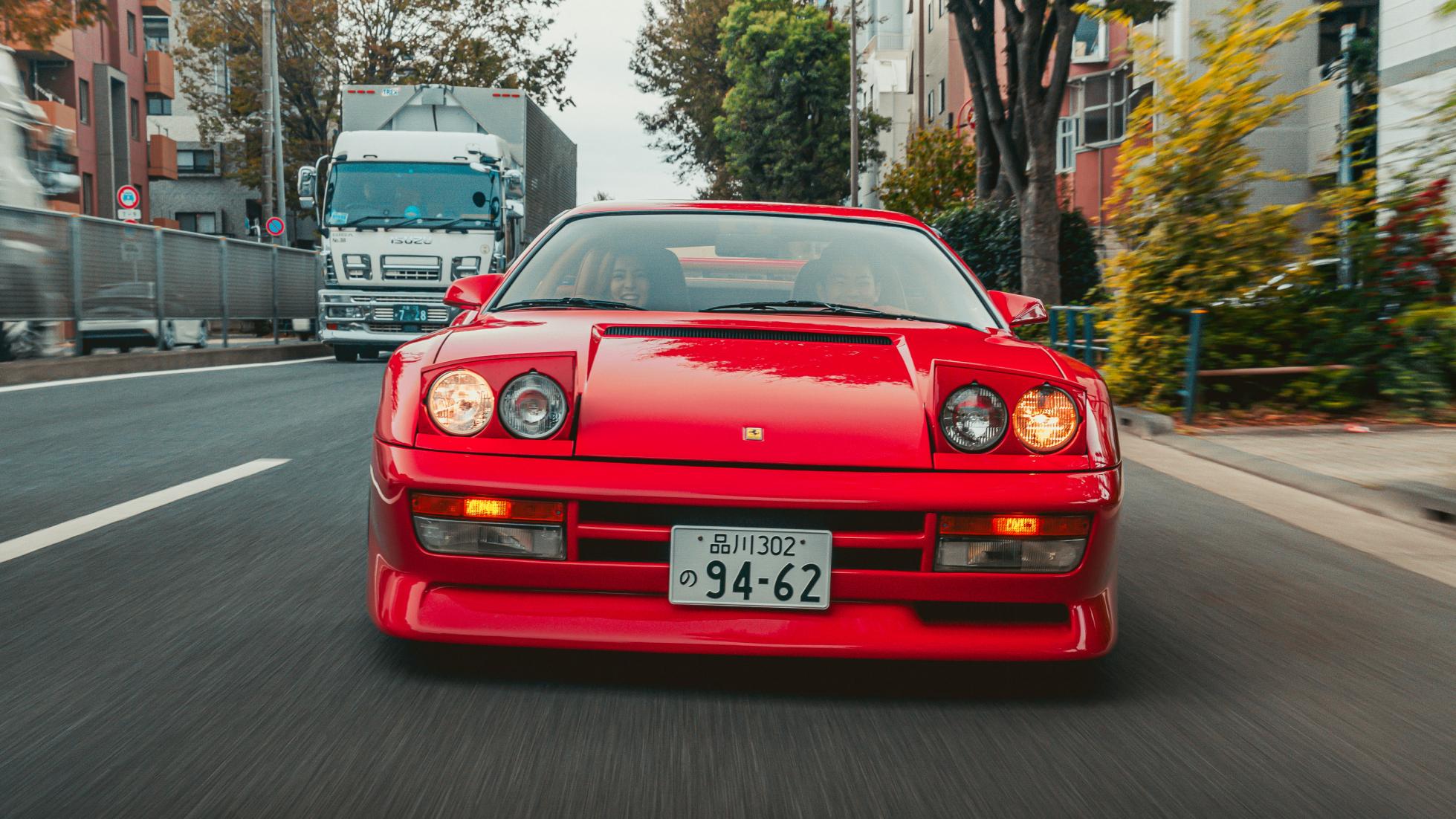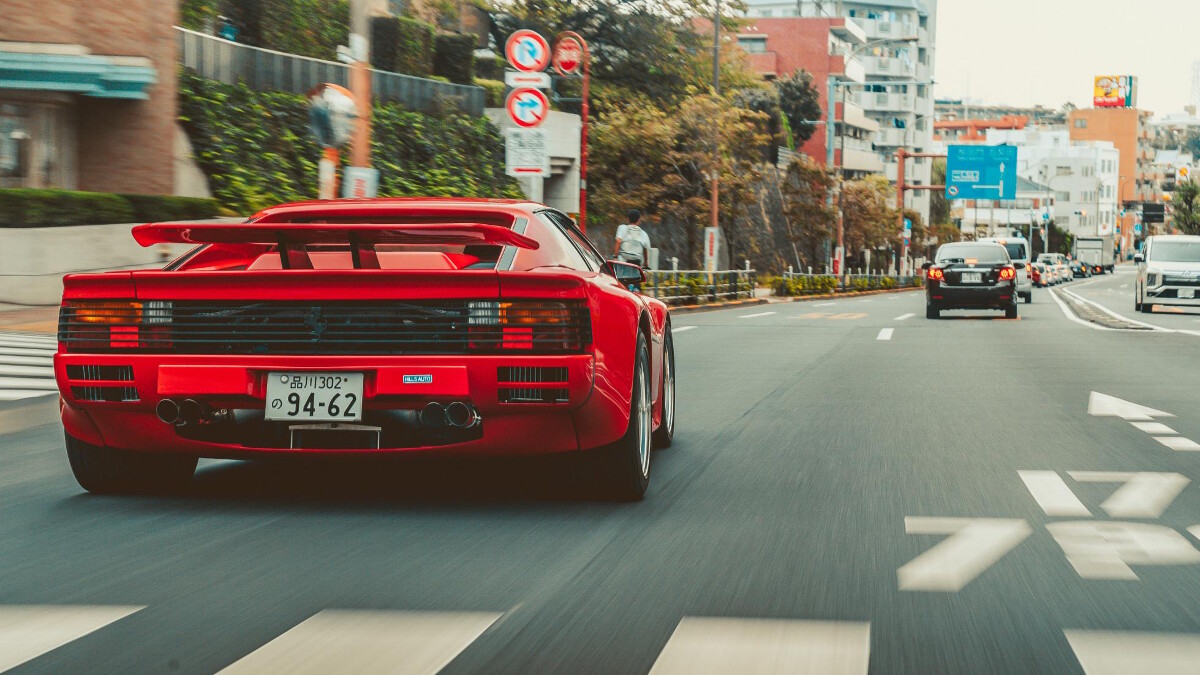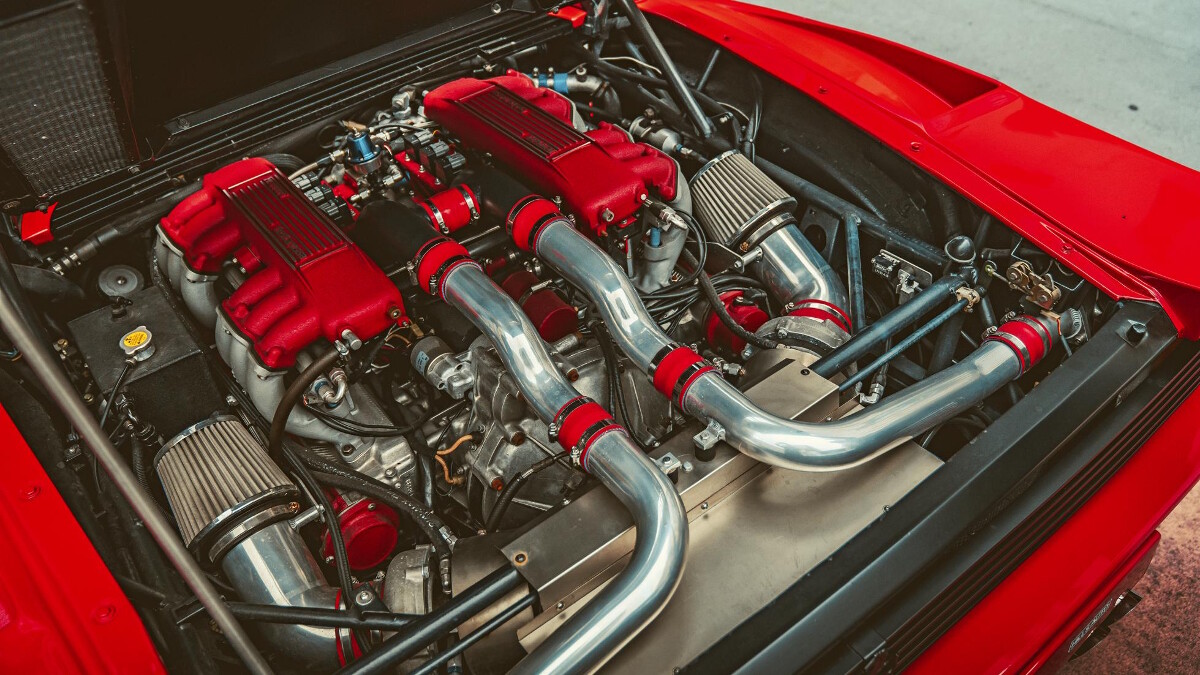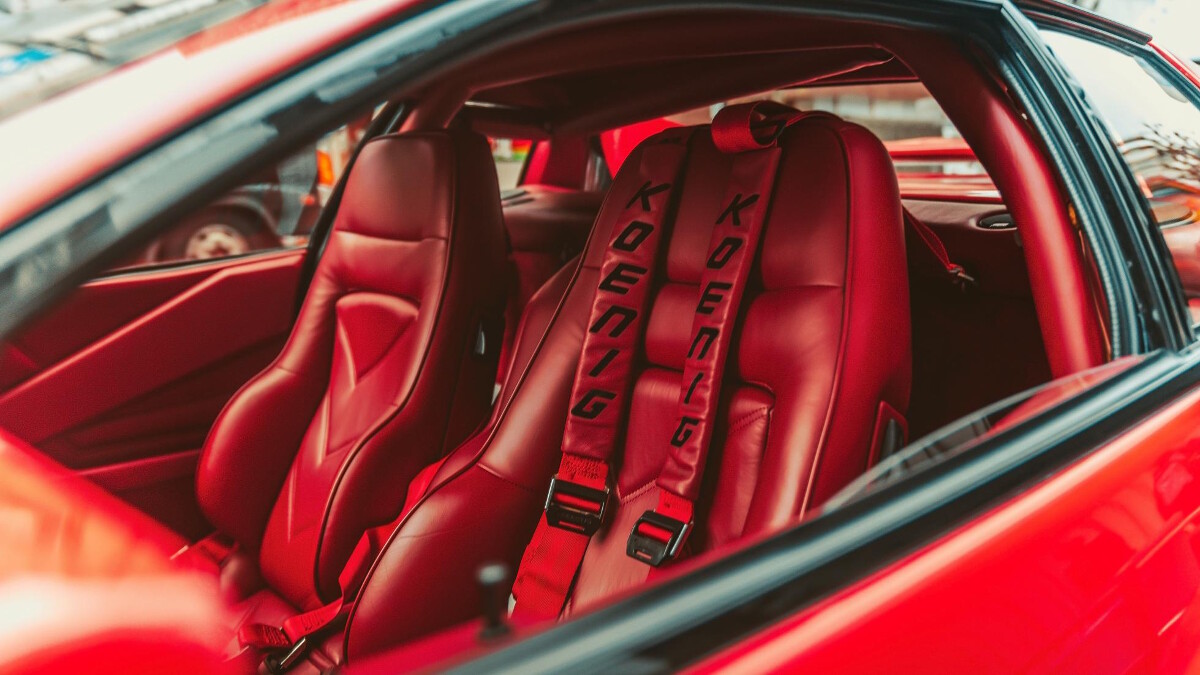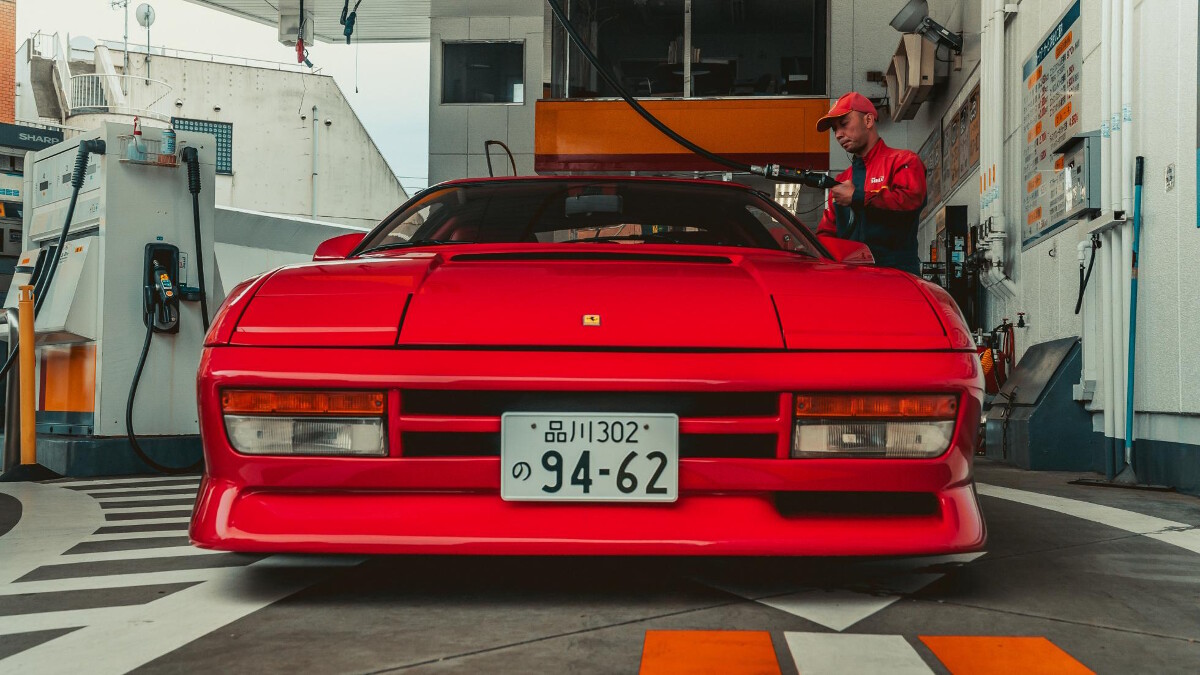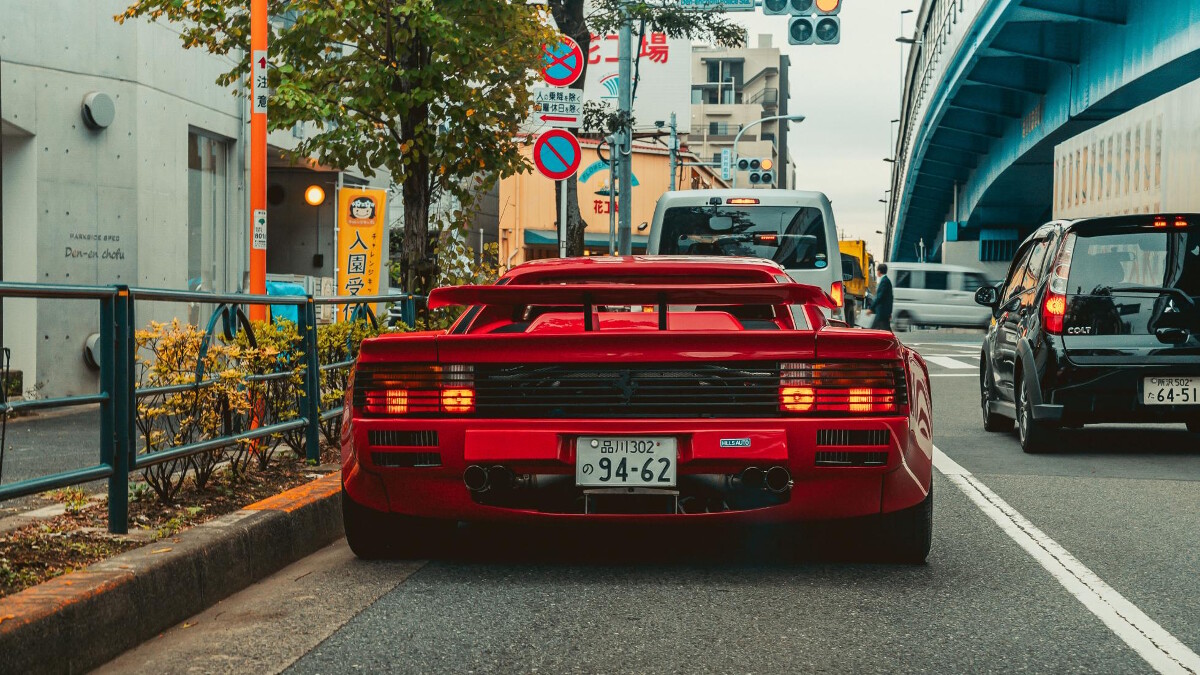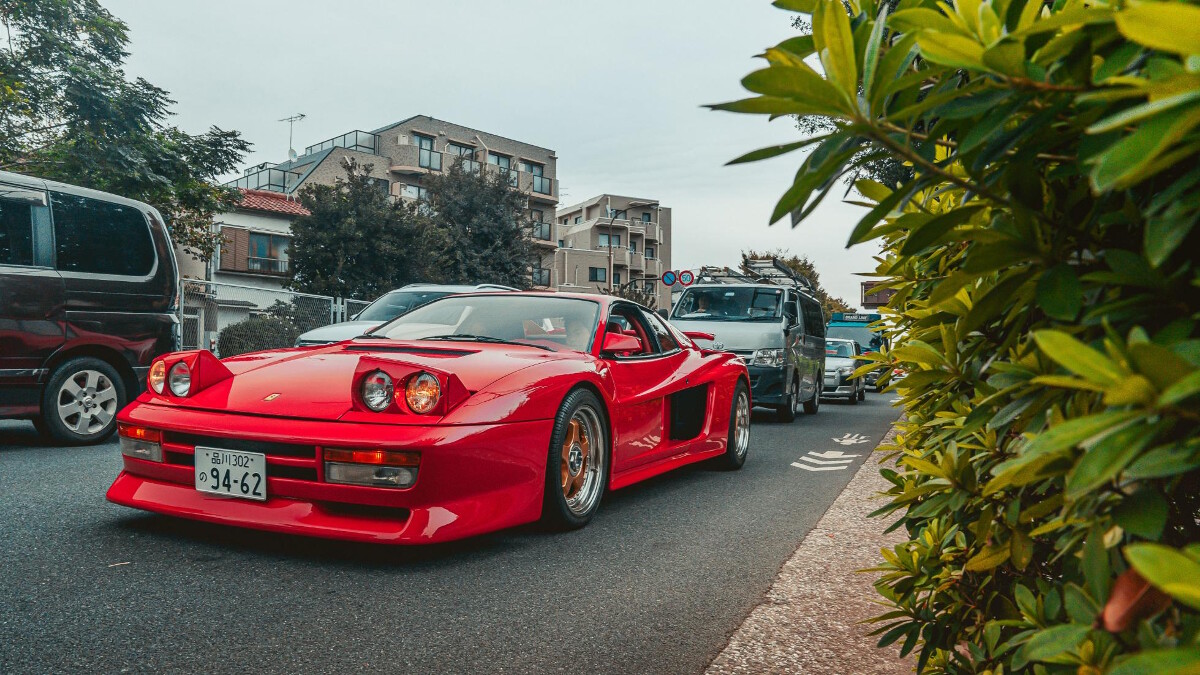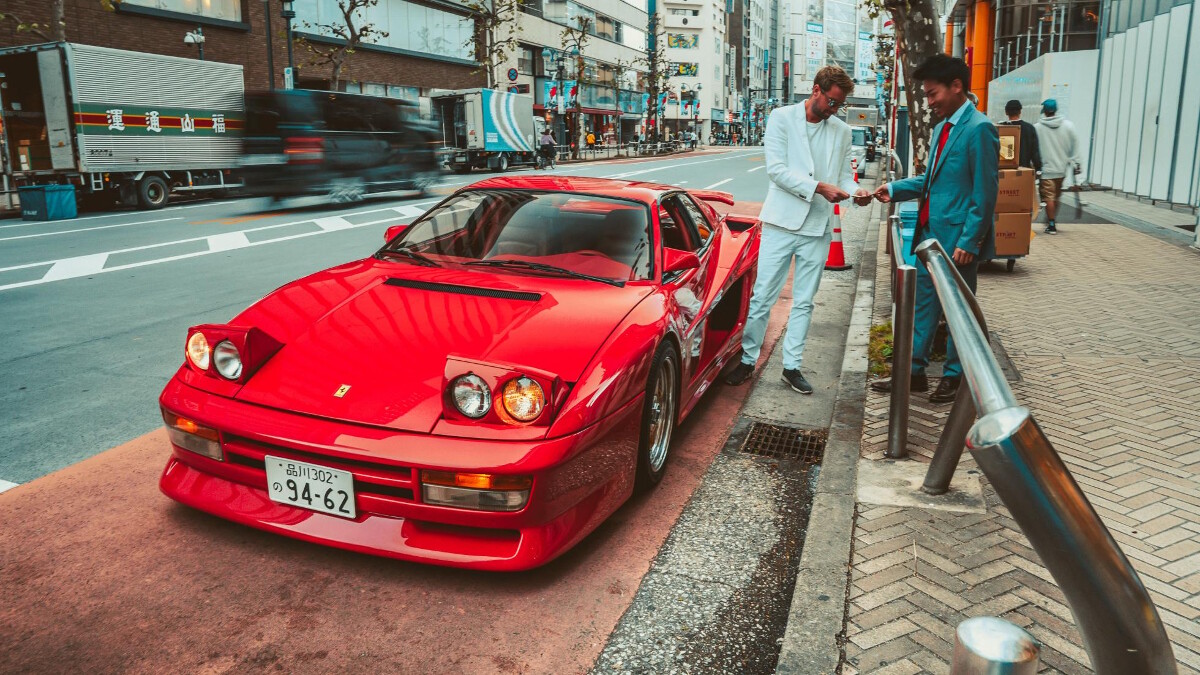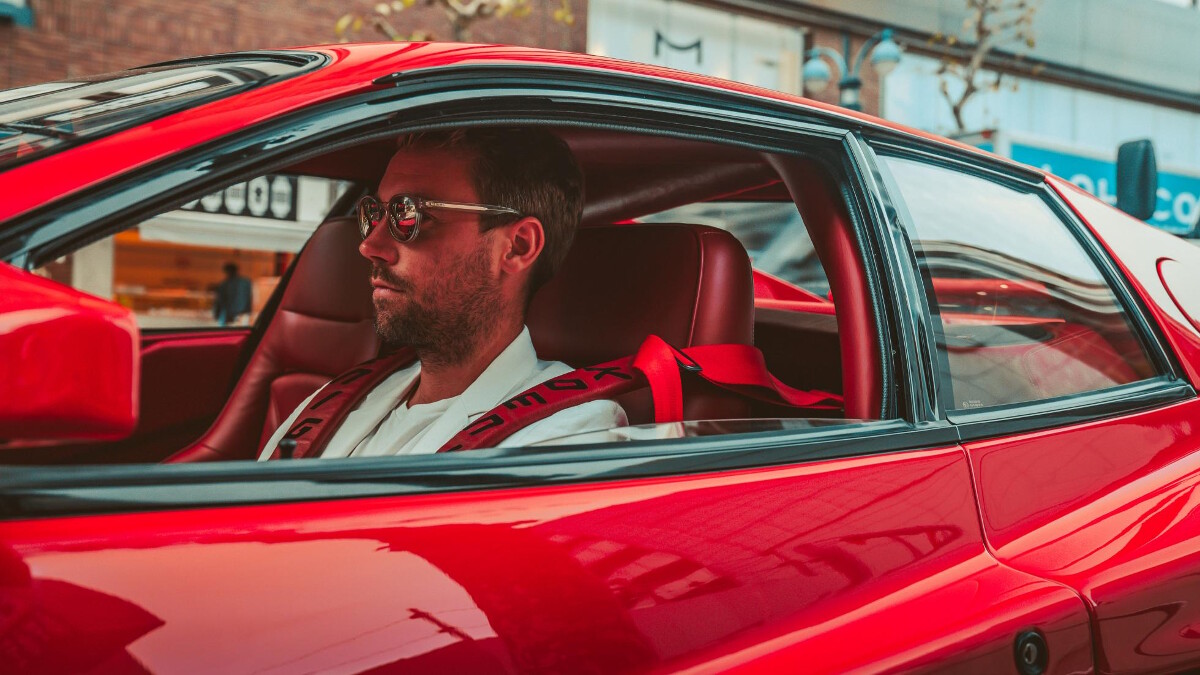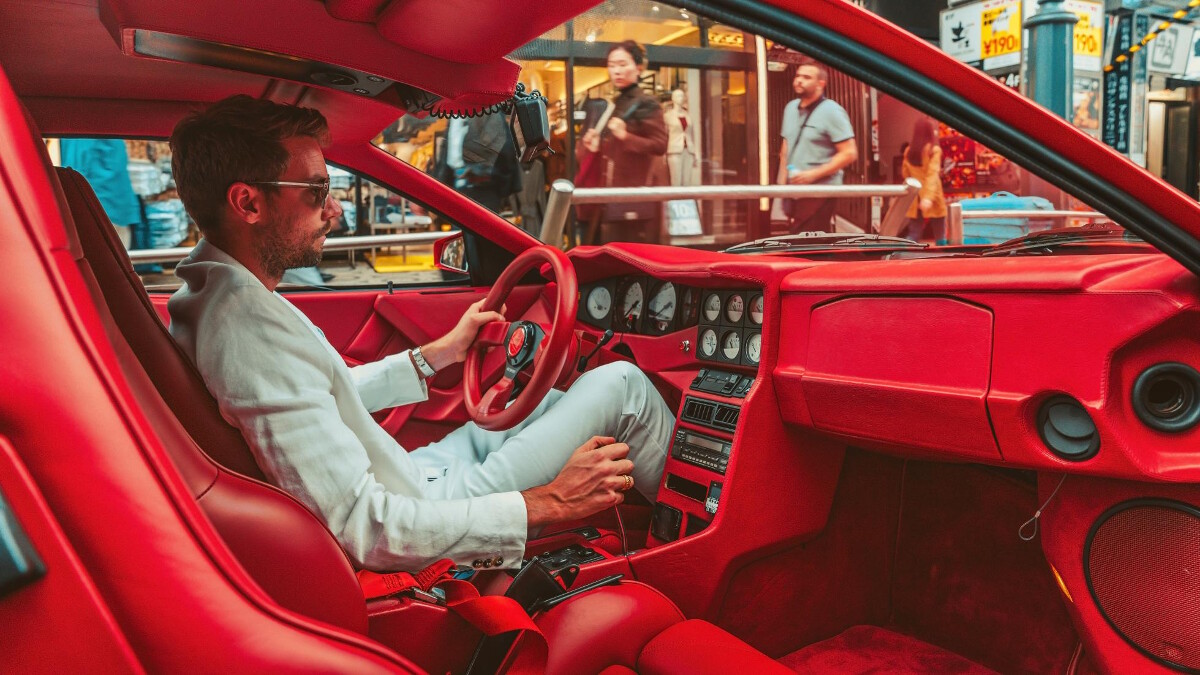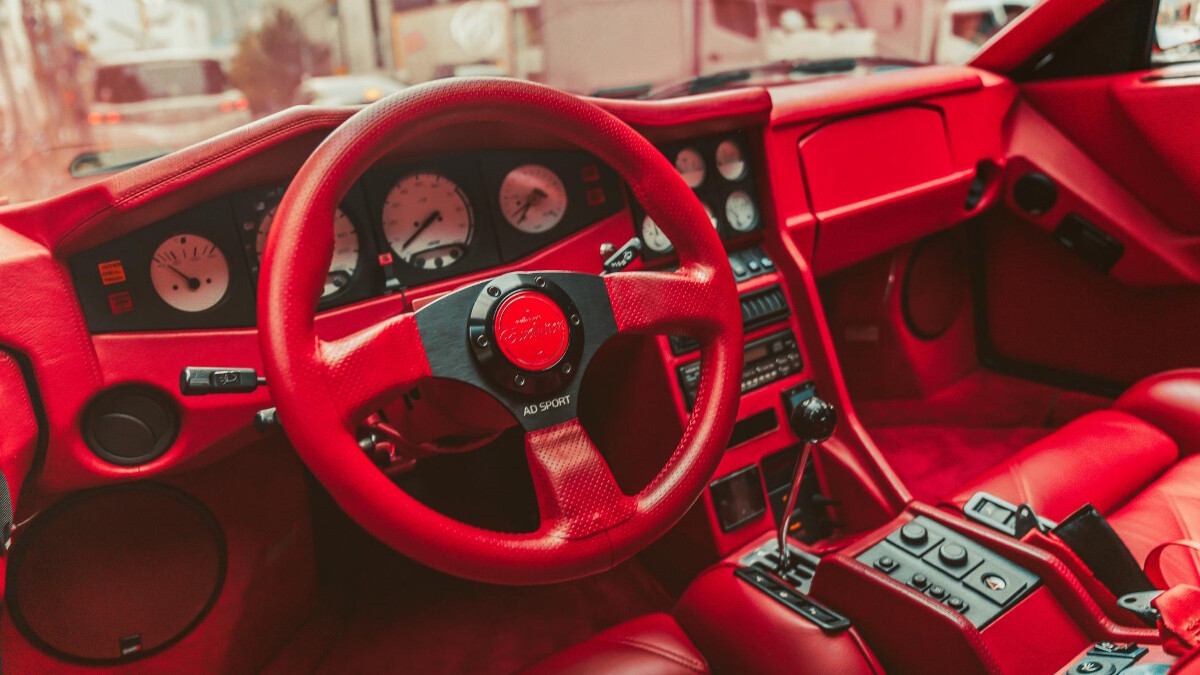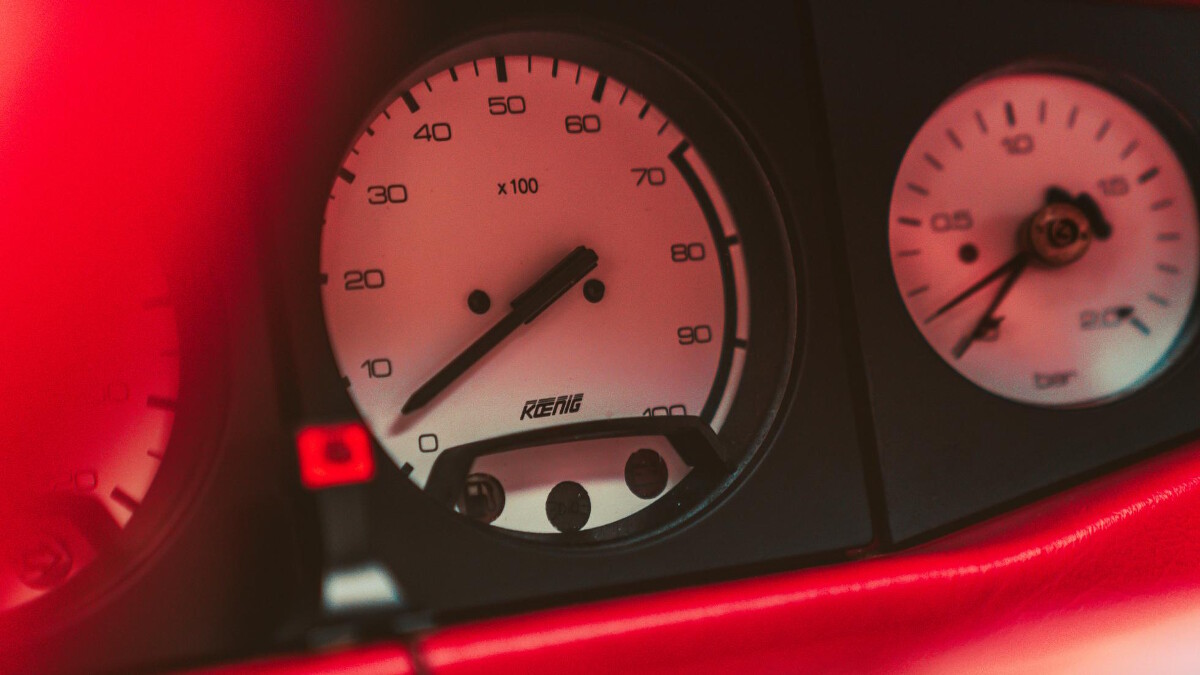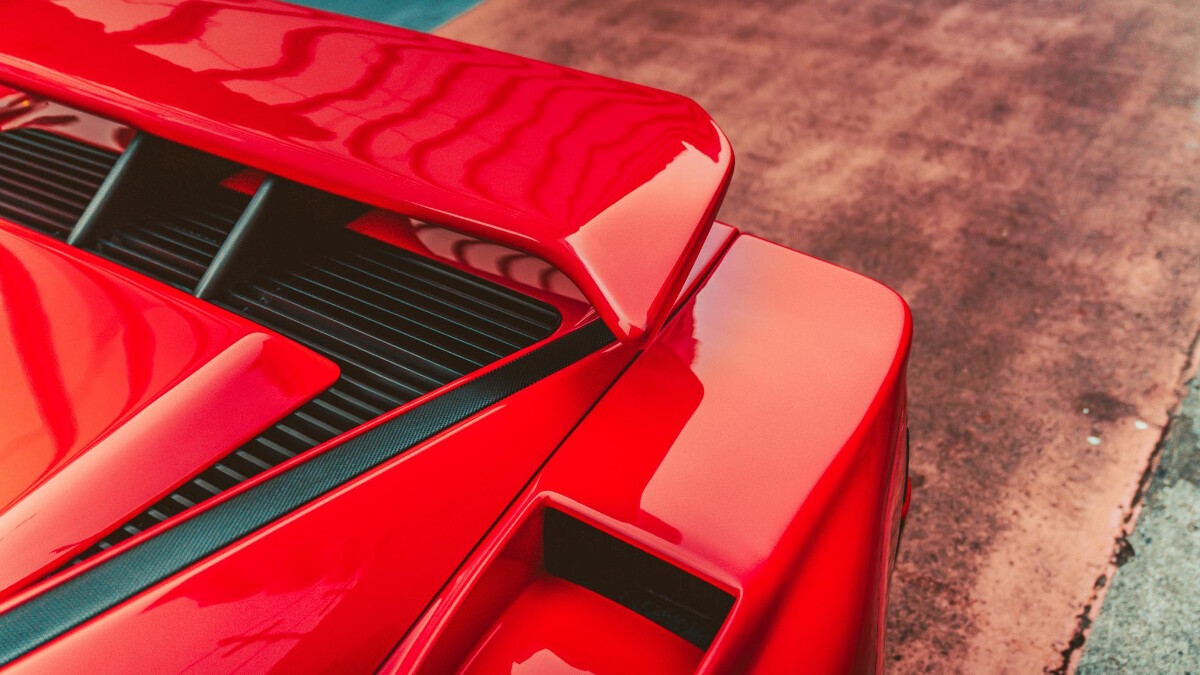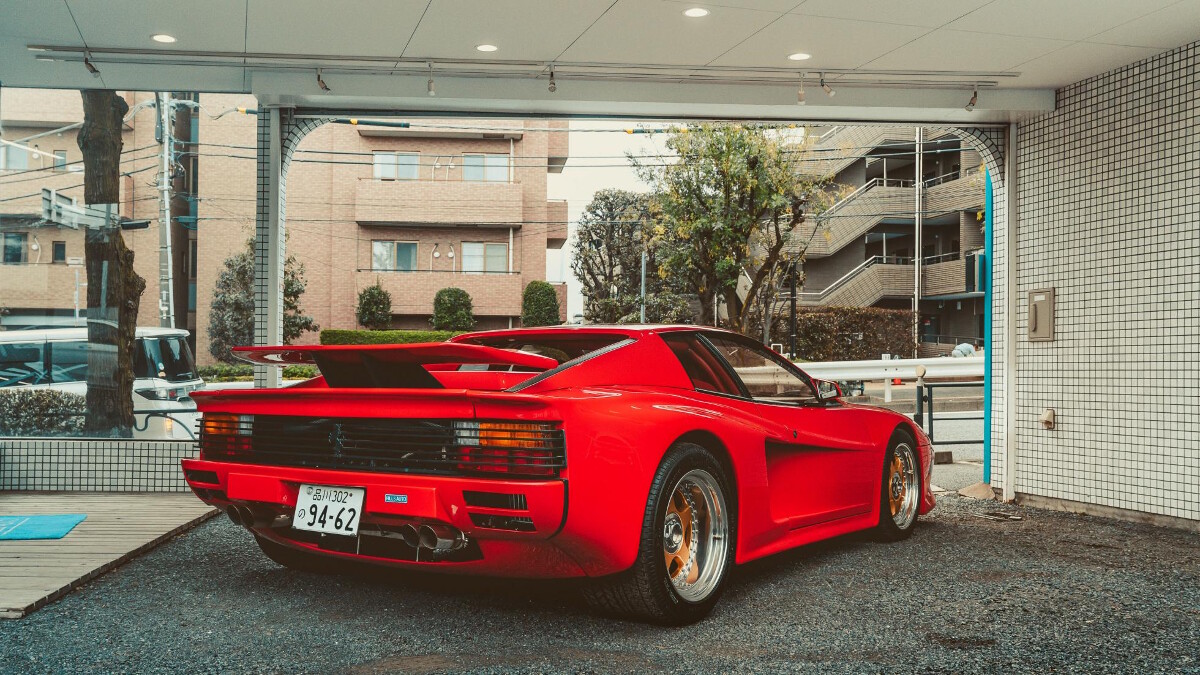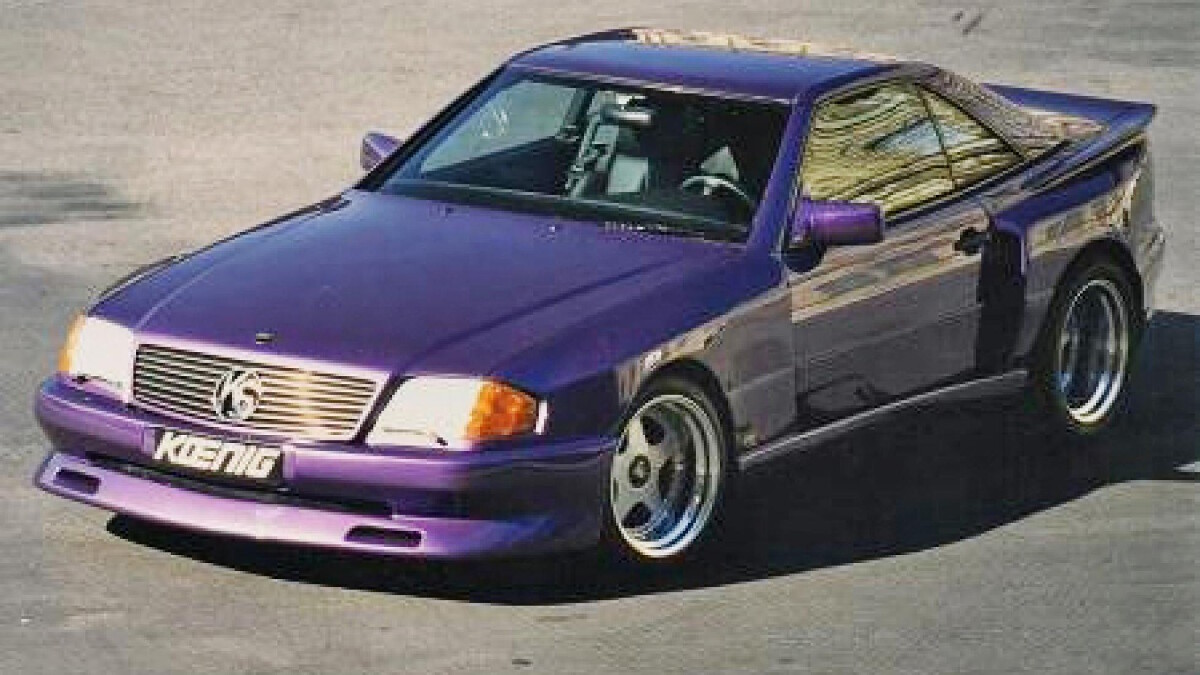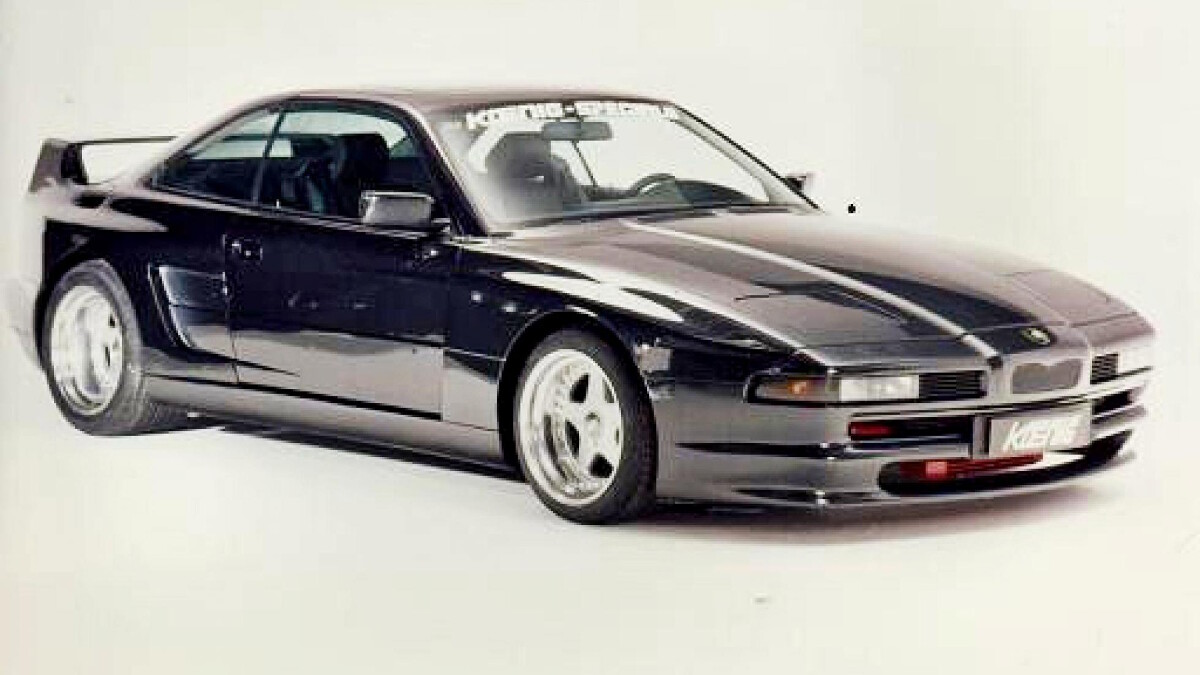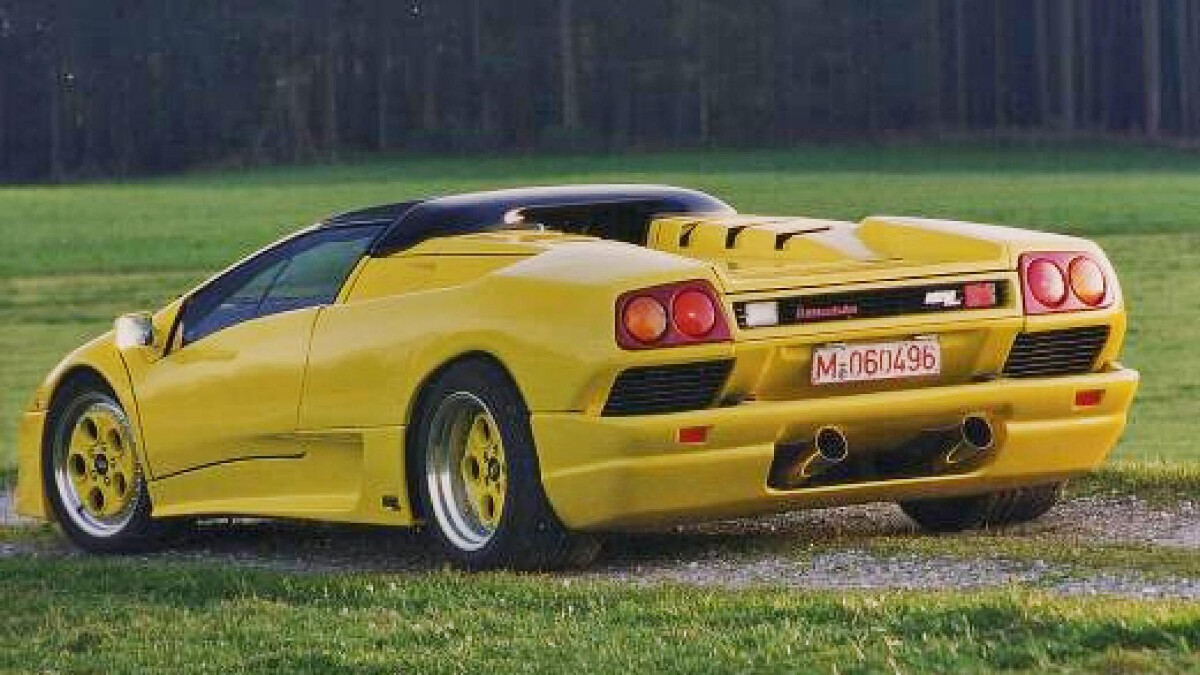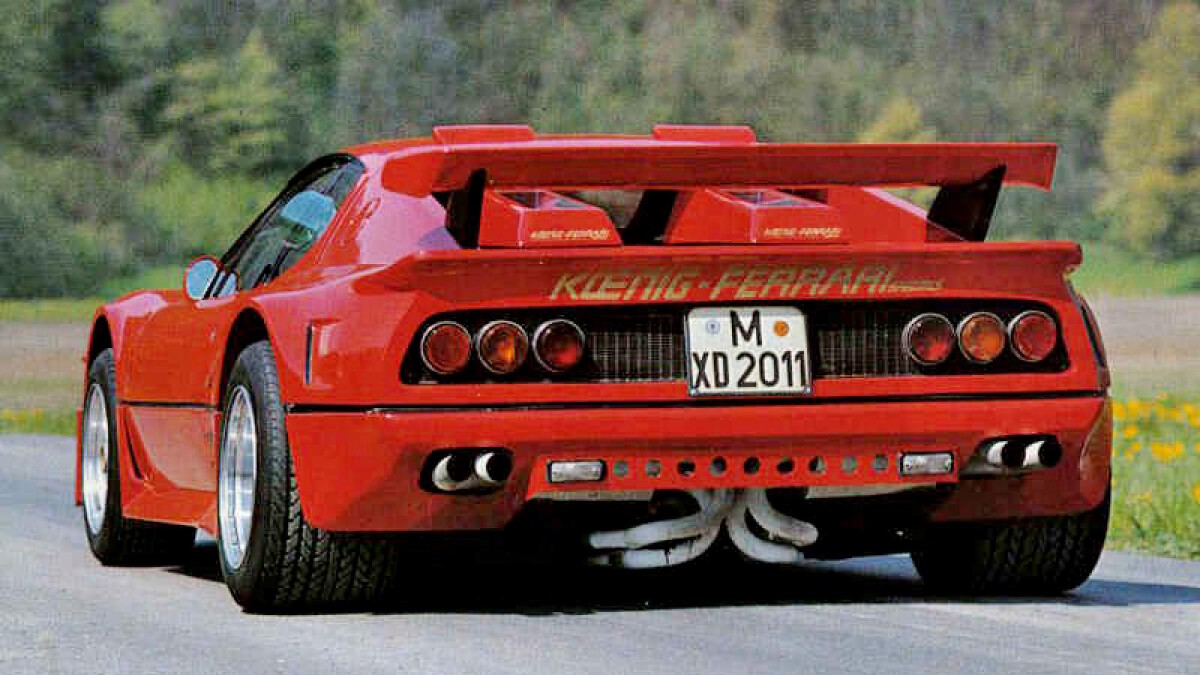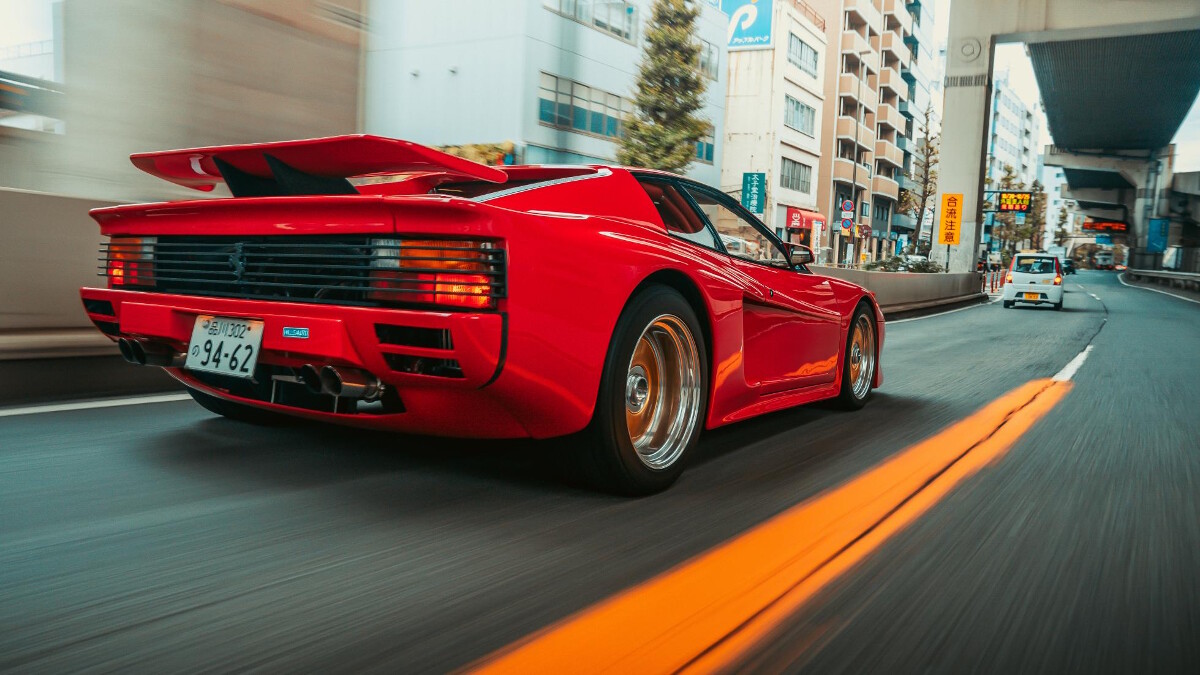It was meant to be simple. Park a red wedge in the middle of Tokyo for a few photos. Tell the tale of one of the maddest tuners to ever exist. Leave. But what I appear to have done is take a Stanley knife to the cultural fabric of Japan.
The locals are doing something they never do: Reacting. Stopping, staring, even cracking out their phones for a selfie—it’s all very un-Japanese. And it’s not because some lanky Westerner is doing a really bad job of dressing up as James ‘Sonny’ Crockett. No, they’re befuddled by what’s in front of them: the visual embodiment of the ’80s, a wide-body Koenig Specials Ferrari Testarossa.
Quite right, too—it’s utterly outrageous. Garnished with all the excessive period trimmings (twin-turbos, red leather, crazy speakers, white dials, a boost knob, and pop-up headlights), it couldn’t get more ’80s if I sparked up the flat-12 engine and fired prawn cocktails out of the exhausts. Either way, the locals are losing their sake-soaked minds. Proof, if anything, that we should stuff some shoulder pads under our proverbial jackets and celebrate the wild time of one man: Willy König.
